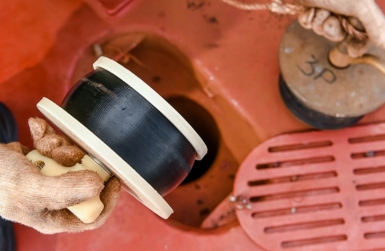
Static towing assembly guidelines: This information paper supplements the OCIMF publication Guidelines to Offshore Tanker Operations (GOTO) and should be read along with the relevant guidance for static towing operations.
The purpose of this information paper is to provide technical guidance on selecting fit for purpose towing assemblies that minimise risk of injury to crew members or damage to equipment, and to optimise the effectiveness of static towing operations.
This paper discusses the technical factors that tug operators should consider, in collaboration with terminal operators, when selecting the components of towing assemblies for static towing operations at both Single Point Mooring (SPM) and Floating (Production) Storage and Offloading(F(P)SO) terminals.
The recommendations in this information paper come from extensive industry data gathering and a Continue reading “Static towing assembly guidelines published by OCIMF”










